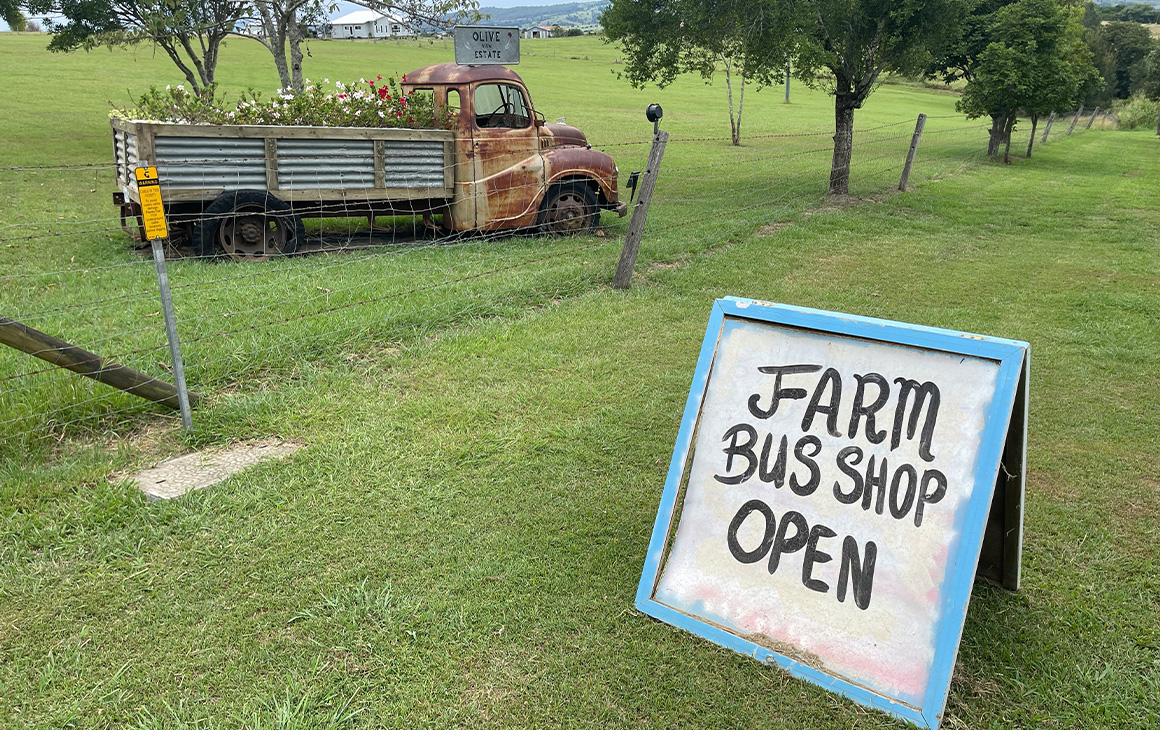With historic landmarks like Akershus Fortress and some of Scandinavia’s most intriguing museums, Oslo is steeped in rich history that makes Norway’s capital the ideal destination for those eager to delve into Scandinavia’s past.
After exploring the city’s historical offerings, venturing beyond the city limits provides a further opportunity to uncover more of Norway’s heritage.
From Viking Age settlements to pivotal sites in the nation’s journey towards independence, the areas surrounding Oslo—all easily explored by public transit—offer a deep dive into the events that have shaped modern Norway.
Industrial Heritage At Bærums Verk
Intrigued by how the industrial revolution impacted Norway? There are few better places to explore this story than the former iron works at Bærums Verk.
Operational from the early 17th century to the 1960s, the area was once one of Norway’s most important industrial sites. Today, Bærums Verk serves as both a living museum, and a vibrant arts, crafts, and shopping destination.
Visitors can explore historic workshops, see traditional crafts in action, and enjoy the preserved industrial architecture that dots the landscape. The area is also home to several art galleries, quaint shops, and restaurants housed in the old workers’ buildings. The best time to visit is the run-up to Christmas, when a festive market fills the streets.
Bærums Verk is a village and former ironworks facility near Oslo, Norway.
How to get there: Bærums Verk is easily accessible by bus from Oslo, with the journey taking approximately 30 minutes. Check routes and timetables at Ruter.
Olympic Legacy Of Lillehammer
Relive the 1994 Winter Olympics in Lillehammer. Thirty years on, the town is home to the Norwegian Olympic Museum, which not only commemorates the 1994 and 1952 Winter Games held in Norway, but also explores the broader Olympic legacy and Norway’s relationship with the Games through engaging exhibits.
Lillehammer continues to thrive as a winter sports destination, offering a variety of activities like dogsledding, snowshoeing, and ice skating, in addition to some of Norway’s best ski resorts. During summer, the town attracts families with its fun wheelbob experience on Norway’s sole bobsled and luge track, and the nearby amusement park at Hunderfossen.
Beyond winter sports, Lillehammer also offers Maihaugen, an open-air museum where visitors can discover the nuances of rural Norwegian life through the ages, while the visitor center hosts a variety of exhibits about the history of Lillehammer and other cultural heritage themes.
How to get there: By train from Oslo S. Trains run hourly and the journey takes just over two hours. If you want to take more time to explore the attractions of Lillehammer, consider staying overnight at one of the several downtown hotels.
Fortified Old Town Of Fredrikstad
Fredrikstad stands out with its exceptional old town—one of Scandinavia’s finest. This area, known as Gamle Fredrikstad, boasts charming cobbled streets, traditional wooden houses, and scenic riverside paths, all encircled by a star-shaped defensive waterway.
The nearby historic fort and its grounds provide an aerial view of the old town and its modern twin beyond. Among the old town’s attractions is Scandinavia’s largest model railway, featuring a detailed scale model of the old town.
Fredrikstad isn’t all about the past. Beyond its historic old town, the modern downtown district showcases modern architecture, art exhibits, and local cuisine by the waterfront. Meanwhile, nature enthusiasts will enjoy the natural beauty of the nearby Hvaler archipelago and Ytre Hvaler National Park.
How to get there: Trains run hourly from Oslo S and the journey takes just over one hour. Once you arrive, a short walk brings you to the free ferries to the old town and to the modern downtown district.
Viking Town Of Tønsberg
Widely regarded as Norway’s oldest town, Tønsberg is steeped in Viking Age history and lore. The town’s proud heritage is best enjoyed at Slottsfjell Museum, where artifacts and exhibits tell tales of Viking voyages, battles, and daily life.
Tønsberg Fortress is a historic tower in Tønsberg, Norway.
The museum is set against the backdrop of the historic hilltop fortress, which offers wonderful views of the town and fjord beyond.
Tønsberg also boasts an attractive, redeveloped harbor area ideal for enjoying a spot of local seafood for lunch. Here you’ll find moored a replica of a Viking Age longship that was found near Tønsberg.
How to get there: Trains from Oslo S run regularly throughout the day, with the journey taking about one hour.
Modern Norway’s Birthplace At Eidsvoll
A pivotal site in Norwegian history, Eidsvoll is where the country’s constitution was agreed in 1814, marking the birth of modern Norway.
The Eidsvoll 1814 museum, located in the historic Eidsvoll Manor House where the constitution was signed, immerses visitors in the dramatic events leading up to Norway’s independence. The museum provides a comprehensive overview of the constitutional history and is best enjoyed on a guided tour.
The surrounding park and gardens offer a peaceful retreat, allowing visitors to ponder the significance of this historic site in Norway’s national identity or simply enjoy a riverside walk.
How to get there: Eidsvoll Verk station is accessible by train from Oslo S, with the journey lasting around 35 minutes. From the station, a short bus ride or 20-minute walk will take you to the museum.
Source: forbes.com

George Barham, an accomplished journalist and avid gambling enthusiast, serves as the esteemed Editor-in-Chief at fly-to-australia.com, Australia’s leading source for comprehensive gambling news and insights. With an unwavering passion for both the written word and the ever-evolving world of betting and gaming, George brings a wealth of knowledge and expertise to the helm of our editorial team.




